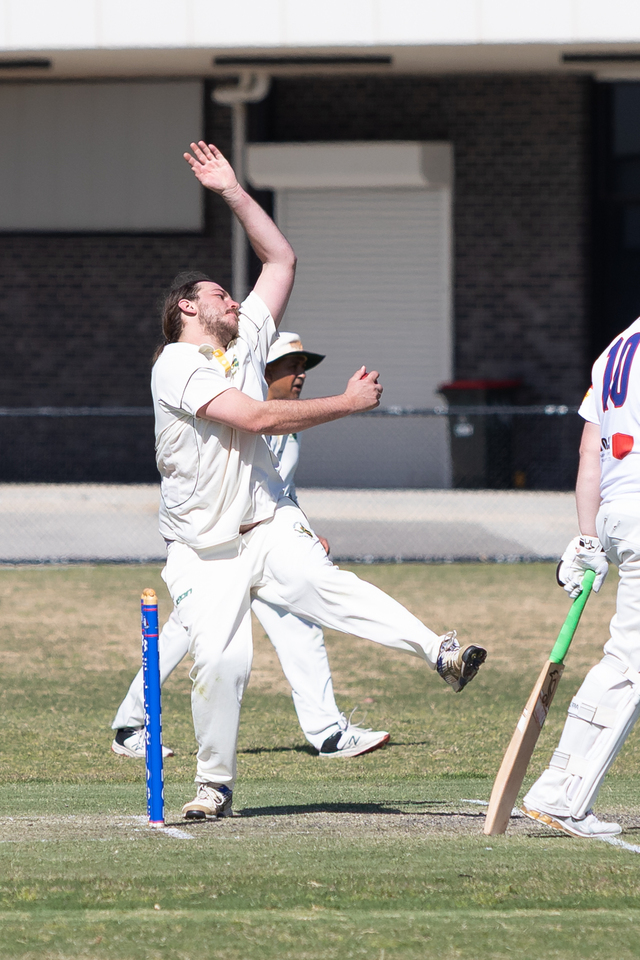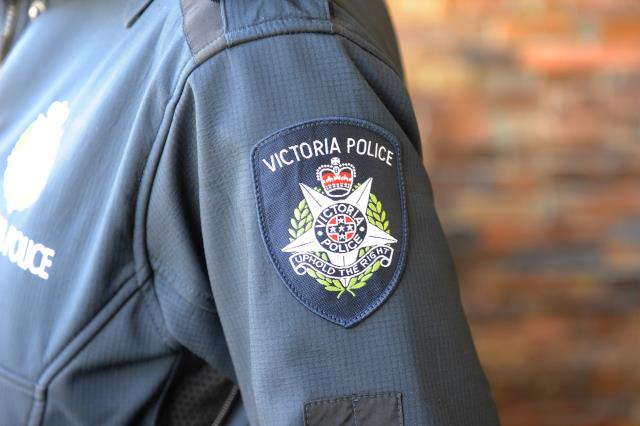RACV is calling on Victorians to rank Melbourne’s intersections that need urgent attention by the state government.
RACV head of policy James Williams said My Melbourne Road helps RACV to advocate for change where it’s needed most.
“Whether you’re behind the wheel, riding, walking or using public transport, your experience on the road matters to RACV,” Mr Williams said.
“We know from experience that direct feedback from Victorians makes a difference, and helps governments make decisions about where to invest to improve our roads.”
Since the last My Melbourne Road in 2023, RACV has tracked upgrades or planned improvements to 11 intersections and roads that respondents had previously highlighted as priorities.
This year, RACV has worked with the National Transport Research Organisation (NTRO) to analyse 365 of Melbourne’s intersections. Based on crash history, traffic volumes and intersections design, RACV and NTRO have identified the 84 most dangerous intersections in Melbourne. Grouped into seven urban areas, these 84 intersections saw 771 crashes over the past five years – a clear signal that more needs to be done. RACV is now inviting Victorians to rank these intersections and tell it where the government should prioritise road safety improvements.
With the results, RACV will work with NTRO to propose a high-level solution for the most dangerous intersection in each urban area of Melbourne: inner, west, north west, north east, east, inner south east and outer south east.
My Melbourne Road takes only three minutes to complete and covers every council in Melbourne. In each urban area, participants can choose up to four intersections as well as nominate other intersections not listed.
Mr Williams said it’s not just about high-profile intersections – smaller suburban roads that may be poorly maintained, overly complex, or frequently congested also deserve attention.
“RACV’s My Melbourne Road empowers every road user to highlight areas they believe are unsafe, even if they’re not widely known,” Mr Williams said.
“Whether it’s a confusing roundabout, a blocked pedestrian crossing, or an intersection lacking turning lanes, the community’s feedback helps RACV identify and prioritise problems that data alone may not fully capture.”







